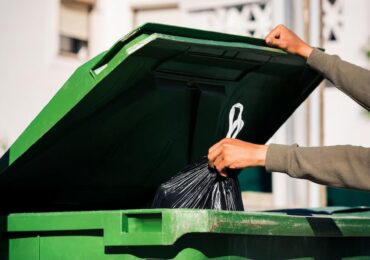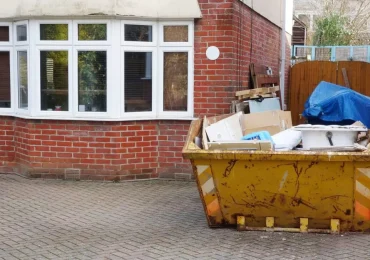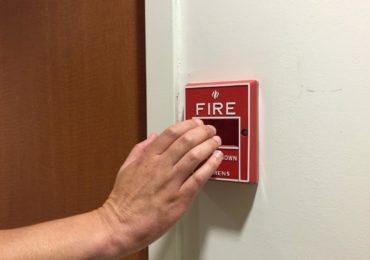Whilst there are many things that affect the safety of workers in the workplace, from their behaviour, training, the presence of first aid equipment, often very direct safety measures are called for. A good example of this the use of protective clothing or PPE, which is common in a range of industries, from the construction sector to the food sector.
The term protective clothing is obviously very broad and covers a wide range of industries and applications. It also covers all sorts of different workplace dangers. These potential workplace hazards include everything from thermal dangers to chemical dangers to physical dangers. The specific kind of PPE you need obviously depends on the industry you’re working in.
Bearing in mind the various different hazards that occupy all different kinds of workplaces it is no surprise that protective equipment is made of various materials depending on its application. These materials include impregnated fabrics, fabrics that are enhanced with the use of plastic or aramid fabric. Materials used have varying difference properties and so will be able to protect against specific threats, be they chemical, physical etc.
It is obviously extremely important to choose the right kinds of PPE for the job in hand. The companies that sell this equipment will obviously have much experience in the supply of PPE and so it should be possible to consult with them. Their website should serve as a useful resource, guiding you towards the right product specific for your industry.
The area of PPE is an exciting area to be involved in for a few reasons. On the one hand the use of PPE is instrumental in saving lives and preventing industry. On the other hand, the materials used in the production of PPE are changing all the time and the science behind PPE solutions is constantly evolving.
Something like Turtleskin is a good example of this. As an aramid fabric it is extremely tightly woven, which gives it attributes that make it extremely protective. In fact, Turtleskin is considered to have the world’s tightest woven fabric, which makes it the material of use for various kinds of personal protection.
It is used extensively in law enforcement, for example, and this is because it has excellent puncture resistance. This quality also makes it suitable for usage outside of protective clothing at work, and it is used in diverse applications such as bicycle tyres and yacht sails.
Too conclude, whether you’re on the frontline or on the production line your safety is paramount and this should be reflected in the equipment you use. Without right equipment your safety will be compromised, your future undermined and the efficiency of the workplace corrupted.





